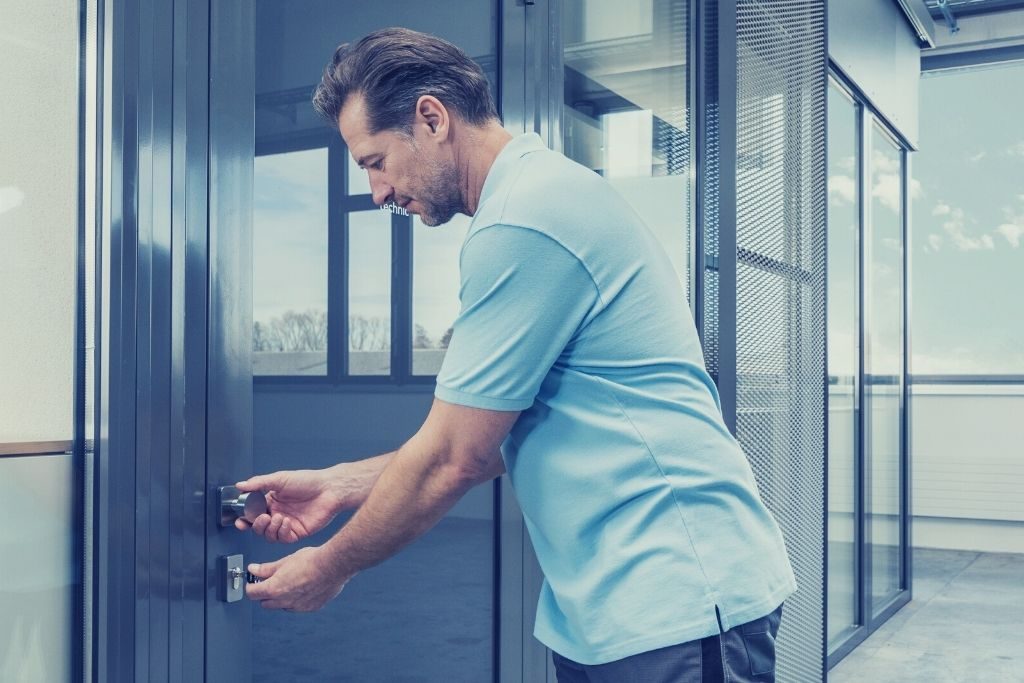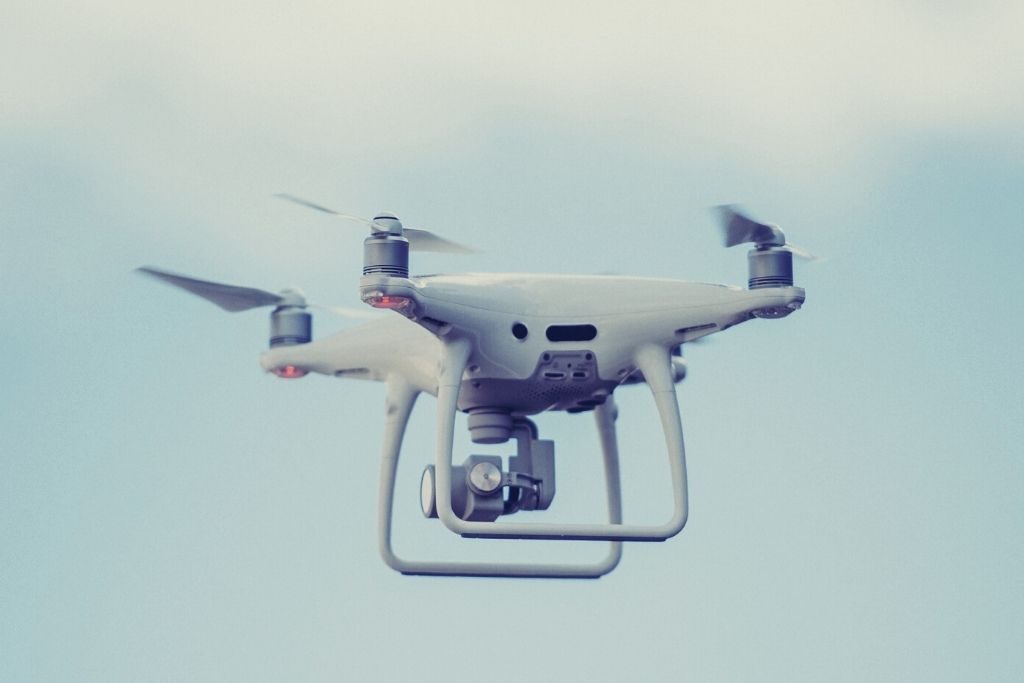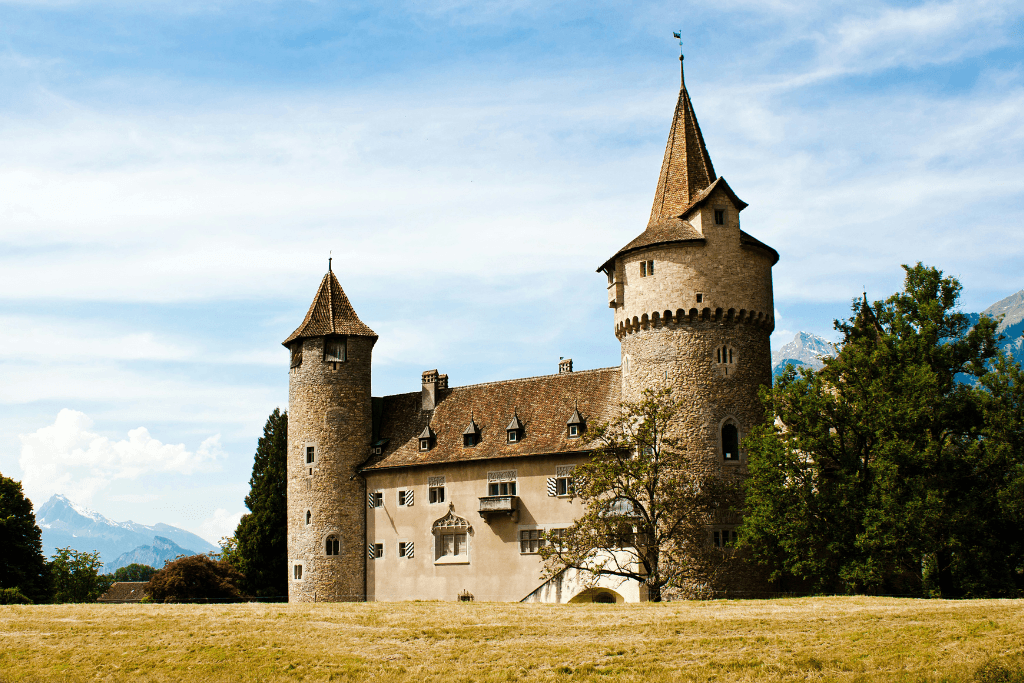Despite the growing appetite towards digital and high-tech entrance solutions, mechanical keys and locks remain the most popular market solutions due to their durability and affordability. Especially in residential settings, they’re the most ubiquitous entrance methods and continue to record stable growth.
The global mechanical locks market will be worth USD 9.6 billion by 2026, with an annual growth rate of around 5 percent between 2020 and 2026. These figures mean that even though more technologies such as facial recognition or mobile access facilitate entrances, most people still will handle mechanical locks in their daily lives.
One of the reasons mechanical cylinders are still in high demand is their ease of replacement and extension. In the lifespan of a mechanical lock system, there are often many changes; keys get lost, new rooms, or even buildings are added and need a lock. When this is the case in a facility or a property additional cylinders are easily installed. While replacing or adding new cylinders is done quickly, the management of a complex mechanical lock system requires a lot of responsibility.
Why is the Management of a Mechanical Lock System Important?
It’s imperative for the facility managers to intimately know their building’s security needs and key systems. To maintain the utmost security, from janitorial areas to storage, they must keep a track of how many locks and keys are there and who has access to them. When using a master key system – which is when one key can open more than one lock – they must adhere to a consistent plan that ensures that certain keys only open certain doors with as few keys as possible in use.
For instance, for the sake of efficiency, someone who rents an apartment with a garage and basement ideally needs one key to open the front door, as well as the garage and basement doors.
System operators must identify their building’s needs and choose new locks or maintain them accordingly. For instance, cylinders installed in high humidity settings like a swimming pool or outdoors must be equipped with oxidation protection, lubricated, and maintained regularly. Applying a cleaner on regular intervals such as once a year would ensure the smooth running of the cylinder, maximize safety, and increase its lifespan.
Likewise, especially if keys are changing a lot of hands, they must have protection against unauthorized copying.
What’s the Lifespan of a Mechanical Lock System?
Not all locks are created equally. Yet, the lifespan of a lock in daily-use can mechanically be as high as 30 years — even though they’re more typically around 15 to 20 years.
That being said, the keys’ mechanical durability isn’t always parallel with their security protection. Even if a lock system still appears to be in good shape, the security lifespan might be over. This might happen for a number of security compromises beyond mechanical deterioration.
For instance, if the key’s patent is only valid for a fixed amount of time such as 10 or 20 years, once it runs out, anyone could copy the key. Similarly, if the keys get lost, misplaced, or if the facility managers lose a track of who has access to them, this means that their lock’s lifespan is over.
Thus, facility managers who want to ensure complete security in their facilities must be mindful of the limitations of a lock’s lifespan and think of a replacement even when the lock is still mechanically functioning. These careful planning, maintenance, and management strategies are poised to maximize security and peace of mind at facilities and properties.







